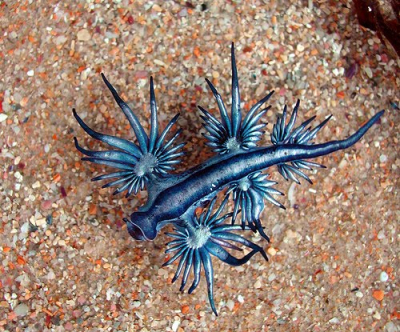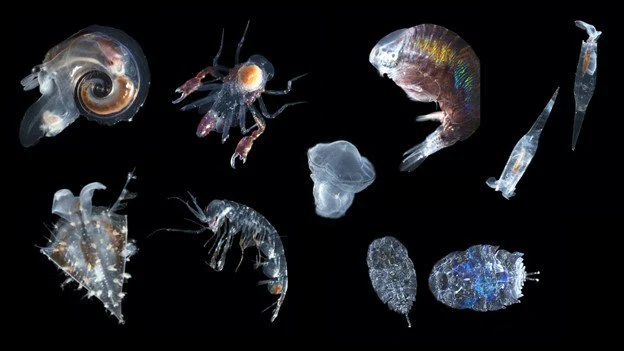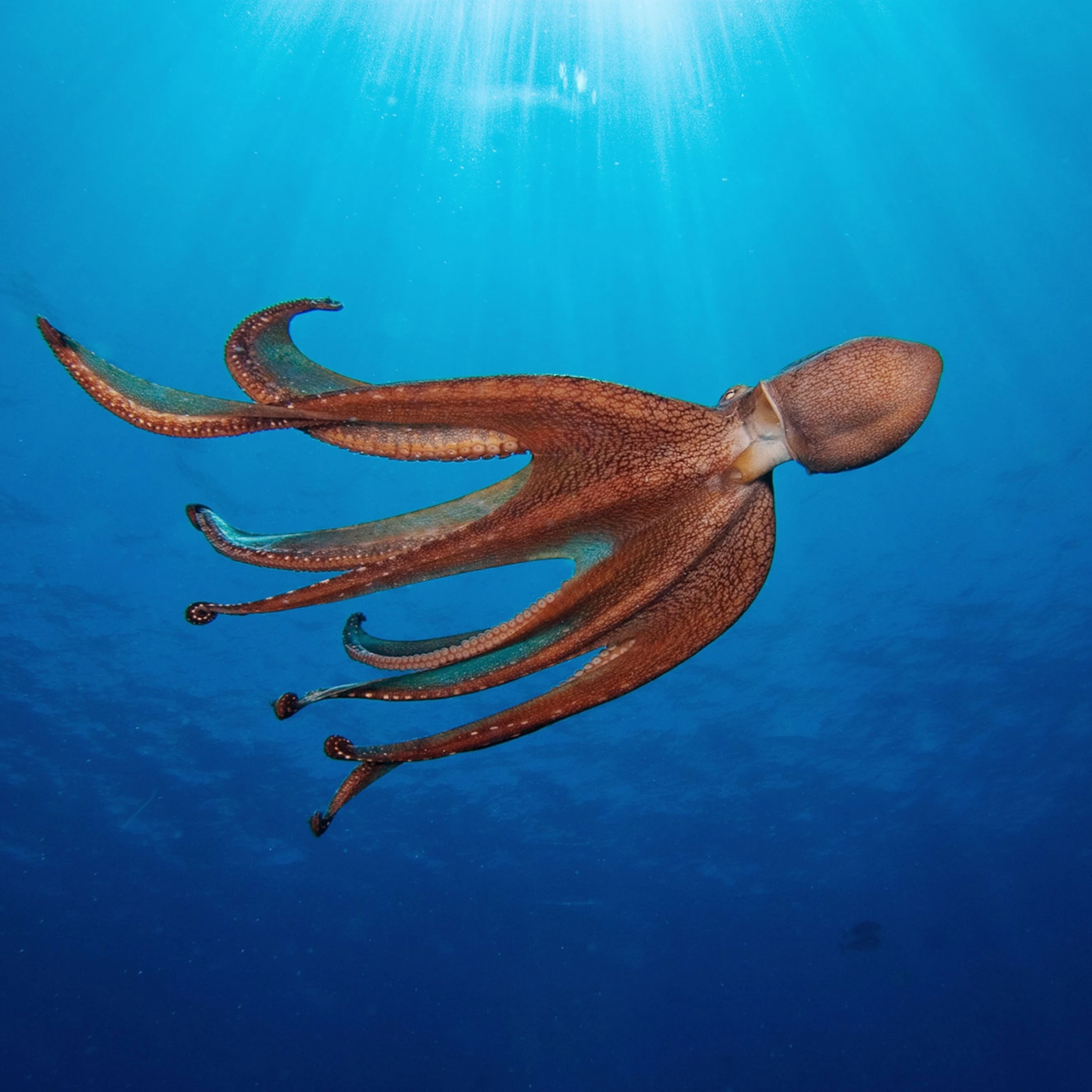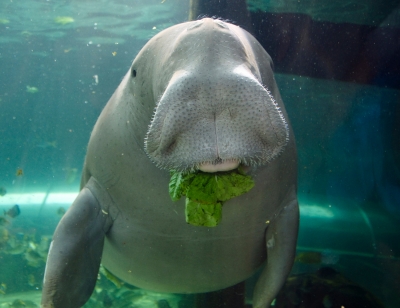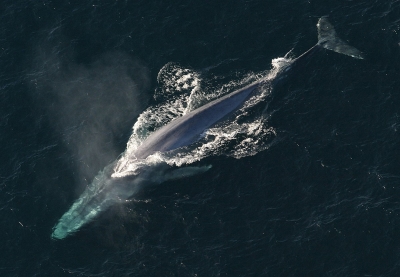
|
The blue whale, the largest known living animal on our planet, can be as large as an aeroplane and can weigh around 200 tonnes! A newborn blue whale is as big as a bus! What is interesting is that these giants mainly feed on tiny, shrimp- like sea animals called krill, which they filter out of the water in their mouths. They can eat around four tones of krill on a day!
|
1. Blue Whales Can Grow More Than 100 Feet Long
They are gigantic. Generally ranging in length from 80 to 100 feet (24 to 30 meters), the longest one ever recorded was a magnificent 108 feet (33 meters) long. That's about as long as three school buses lined up end to end.
2. They Can Weigh as Much as 30 Elephants
The average weight for these gentle giants is 200,000 to 300,000 pounds (90,000 to 136,000 kilograms), or about 100 to 150 tons. Some can weigh as much as 441,000 pounds (200,000 kg), or 220 tons. For comparison, an adult African bush elephant weighs up to 6 tons, so it may take 30 or more elephants to equal the weight of one blue whale.
3. They Have Big Hearts
The blue whale's heart is huge. It's the largest heart in the animal kingdom, weighing about 400 pounds (180 kg) and roughly the size of a bumper car. As a blue whale dives to feed, its giant heart may only beat twice per minute.
4. They Have Big Tongues, Too
A blue whale’s tongue alone can weigh as much as some elephants.
5. They Have the Biggest Babies on Earth
Blue whale calves are the biggest babies on Earth, easily, and at birth already rank among the largest full-grown animals. They pop out at around 8,800 pounds (4,000 kg) with a length of some 26 feet (8 meters). They gain 200 pounds (90 kg) a day! Their growth rate is likely one of the fastest in the animal world, with a several billion-fold increase in tissue in the 18 months from conception to weaning.
6. They’re Unusually Loud
Blue whales, in fact, are the loudest animals on the planet. A jet engine registers at 140 decibels; the call of a blue whale reaches 188. Their language of pulses, groans, and moans can be heard by others up to 1,000 miles (1,600 kilometers) away.
7. They Eat a Lot of Krill
Blue whales feast on krill; their stomachs can hold 2,200 pounds (1,000 kg) of the tiny crustaceans at a time. They require almost 9,000 pounds (4,000 kg) of the little guys a day, and around 40 million krill daily during the summer feeding season.
8. They're Pretty Fast
They travel a lot, spending summers feeding in polar regions and making the long trip to the equator as winter comes along. While they have a cruising speed of 5 mph (8 kph), they can accelerate up to 20 mph (32 kph) when needed.
9. They Have Long Life Spans
Blue whales are among the planet’s longest-lived animals. Kind of like counting tree rings, scientists count layers of wax in the ears and can determine a ballpark age. The oldest blue whale they’ve discovered this way was calculated to be around 100 years old, though the average life is thought to last around 80 to 90 years.
10. They Once Were Abundant
Before whalers discovered the treasure trove of oil that a blue whale could provide, the species was plentiful. But with the advent of 20th-century whaling fleets, their population plummeted until finally receiving worldwide protection in 1967. From 1904 to 1967, more than 350,000 blue whales were killed in the Southern Hemisphere, according to the World Wildlife Fund. In 1931, during the heyday of whaling, an astounding 29,000 blue whales were killed in a single season.
11. Their Future Remains Uncertain
While commercial whaling is no longer a threat, recovery has been slow and new threats plague blue whales, like ship strikes and the impact of climate change. There is one population of around 2,000 blue whales off the coast of California, but all told there are only around 10,000 to 25,000 individuals left. The International Union for Conservation of Nature lists the species as endangered. Hopefully with time, the planet’s largest gentle giants will again roam the seas aplenty.
Save the Blue Whale
- Look for seafood certified by the Marine Stewardship Council (MSC), which can help reduce the prevalence of fishing gear known to entangle blue whales.
- If you ever see a blue whale, keep your distance — for its safety and yours.
- Watch your speed and keep a sharp lookout if you're ever on a watercraft in potential blue whale habitat. Boat collisions can seriously injure blue whales.
Credit : Treehugger.com
Picture Credit : Google
